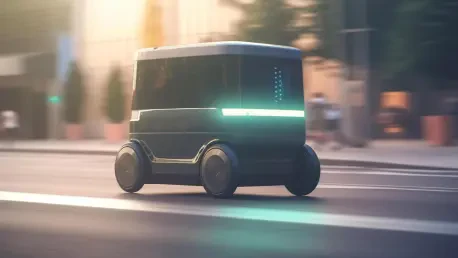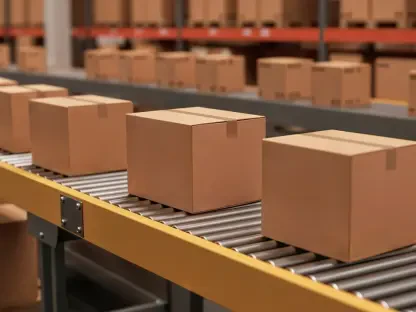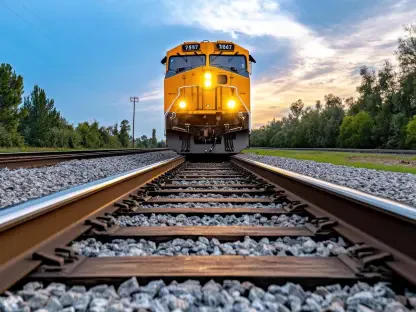As cities expand and consumers demand faster and more reliable deliveries, logistics providers face the challenge of reinventing the final stage of parcel delivery. Millions of packages traverse urban landscapes daily, often hindered by outdated systems that complicate what is known as the “last mile.” The question arises: How can companies streamline these crucial, final steps to meet modern demands?
Innovation: The Crucial Cog in Logistics
In the relentless push for efficiency, logistics operations must continuously evolve. The last mile remains particularly challenging due to various factors, including complex routes and the need for rapid order fulfillment. The rise of e-commerce has exponentially increased parcel volumes, pressuring companies to enhance delivery procedures. Amazon, known for pioneering automation, recently took significant steps in this direction, emphasizing its commitment to elevating logistics innovations.
Transformative Robotic Solutions Unveiled
Amazon has introduced seven advanced robotics systems at its Last Mile Innovation Center in Dortmund. Each system targets specific elements of the delivery process to improve speed and accuracy. Tipper facilitates delivery cart unloading, significantly reducing manual handling. Echelon maintains smooth package flow on conveyor belts. A six-sided scanner captures barcodes automatically, ensuring precise identification. Agility and Matrix frame optimal parcel routes, enhancing efficiency. ZancaSort positions parcels ergonomically to alleviate possible physical strain, while the Vision Assisted Sort Station (VASS) leverages computer vision for precise routing guidance. Preliminary data suggests these innovations markedly improve operational efficiency, setting the stage for expanded use across logistics networks.
Industry Experts Weigh In
Nicola Fyfe, Amazon Logistics Europe’s vice president, underscores the firm’s dedication to promoting safer, more productive work environments through innovation. Experts in transportation logistics echo this sentiment, acknowledging automation’s pivotal role in modernizing parcel delivery. Studies have demonstrated substantial gains in efficiency and safety with robotic integration, reinforcing the industry’s progression toward enhanced technological solutions. This move aligns with broader shifts in the transportation sector, as companies worldwide begin to embrace automation.
Envisioning Future Logistics Possibilities
The integration of robotics heralds waves of change for logistics workers, inviting opportunities for high-skilled employment. As companies consider adopting these technologies, practical approaches to integration can revolutionize operations. Beyond workforce adaptation, these innovations promise widespread transformation within the logistics industry, expanding possibilities in Europe and beyond. With robust systems already in place, the evolving landscape signals a new epoch in parcel delivery efficiency.
In summary, Amazon’s robotics initiative marks a substantial advancement in refining last-mile delivery operations. By channeling automation’s potential into tangible improvements, the industry can pursue major efficiency gains and create forward-looking strategies for logistics challenges. The shift toward robotic involvement showcases a pivotal moment, reflecting future-centric logistics approaches that prioritize adaptability and innovation.









